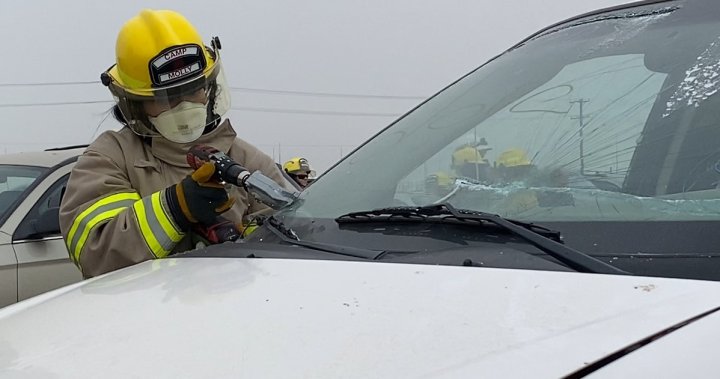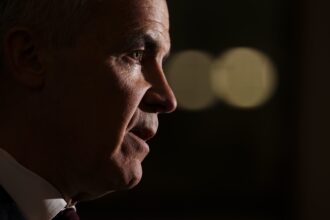In the sweltering summer heat of Toronto, 35 young women and non-binary youth are trading swimming pools for fire hoses as part of an innovative program designed to diversify the traditionally male-dominated field of firefighting. Camp Molly, now in its sixth year, offers hands-on experience to participants aged 16 to 19, challenging gender stereotypes and igniting career aspirations in fire services.
“I never would have thought about becoming a firefighter before Camp Molly,” says Ella Nguyen, a 17-year-old participant who expertly navigates a fire hose under the watchful eye of her instructors. “But seeing women actually doing this job makes me think, ‘why not me?'”
Named after Molly Hanlan, Toronto’s first female firefighter hired in 1987, the program represents more than just career exploration—it’s about transforming the composition of fire departments across Canada. Despite progress in many professional fields, women currently make up just 4.4 percent of firefighters nationwide, according to Statistics Canada.
“When I joined, there were barely any women in the service,” explains Captain Sarah Mendez, a 15-year veteran of Toronto Fire Services who serves as an instructor at the camp. “Programs like this create a pipeline of diverse talent that will strengthen our departments for decades to come.”
The weeklong camp immerses participants in authentic firefighting experiences—from operating hydraulic equipment and climbing aerial ladders to performing search and rescue operations in simulated smoke conditions. These aren’t watered-down activities; they’re the same skills required in actual firefighter training programs.
Toronto Fire Chief Matthew Pegg emphasizes the importance of such initiatives for the future of emergency services. “The fire service needs to reflect the communities we serve,” Pegg told CO24 during a demonstration day. “Camp Molly is changing perceptions about who can do this job, both for these young people and for the public.”
The program’s impact extends beyond recruitment statistics. Research published in the Journal of Emergency Management indicates that diverse emergency response teams demonstrate enhanced problem-solving capabilities and improved community engagement—critical factors in public safety outcomes.
For 16-year-old participant Jessie Williams, the camp has been transformative. “I’ve always been told I’m too small or not strong enough,” she says after successfully completing a challenging equipment carry exercise. “But here I’m learning it’s about technique, teamwork, and determination—not just brute strength.”
The initiative also addresses persistent barriers to diversity in firefighting. According to a 2022 report from the International Association of Fire Chiefs, lack of exposure to firefighting as a career option remains one of the primary obstacles for underrepresented groups. Camp Molly directly confronts this challenge by providing not just exposure, but meaningful engagement.
Toronto isn’t alone in this effort. Similar programs have emerged across North America, forming part of a growing global movement to diversify emergency services. New York’s “Phoenix Firecamp” and Vancouver’s “Camp Ignite” represent parallel efforts to transform the demographics of firefighting.
As Camp Molly concludes its sixth successful year, organizers are already planning expansion. “We received over 200 applications for just 35 spots this year,” notes Program Coordinator Jasmine Chen. “The demand shows we’re addressing a real need in our community.”
With several camp alumni now pursuing careers in firefighting and emergency services, the program demonstrates how targeted initiatives can create tangible pathways to diversity. As these young participants learn to navigate fire hoses and emergency scenarios today, they may well be responding to our emergency calls tomorrow.
As we witness the evolution of this traditionally male profession, one question remains: How might our emergency services—and our communities—benefit from having firefighting teams that better reflect the diversity of the populations they serve?











